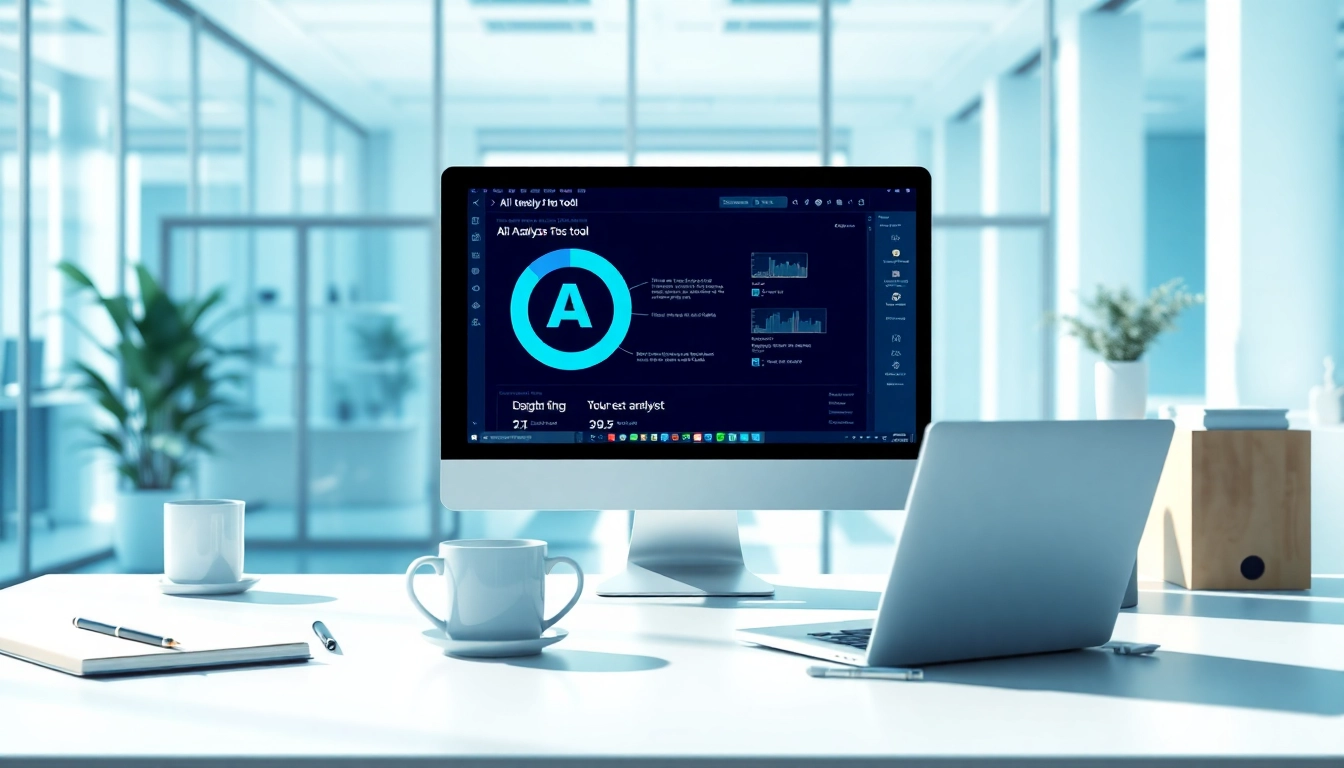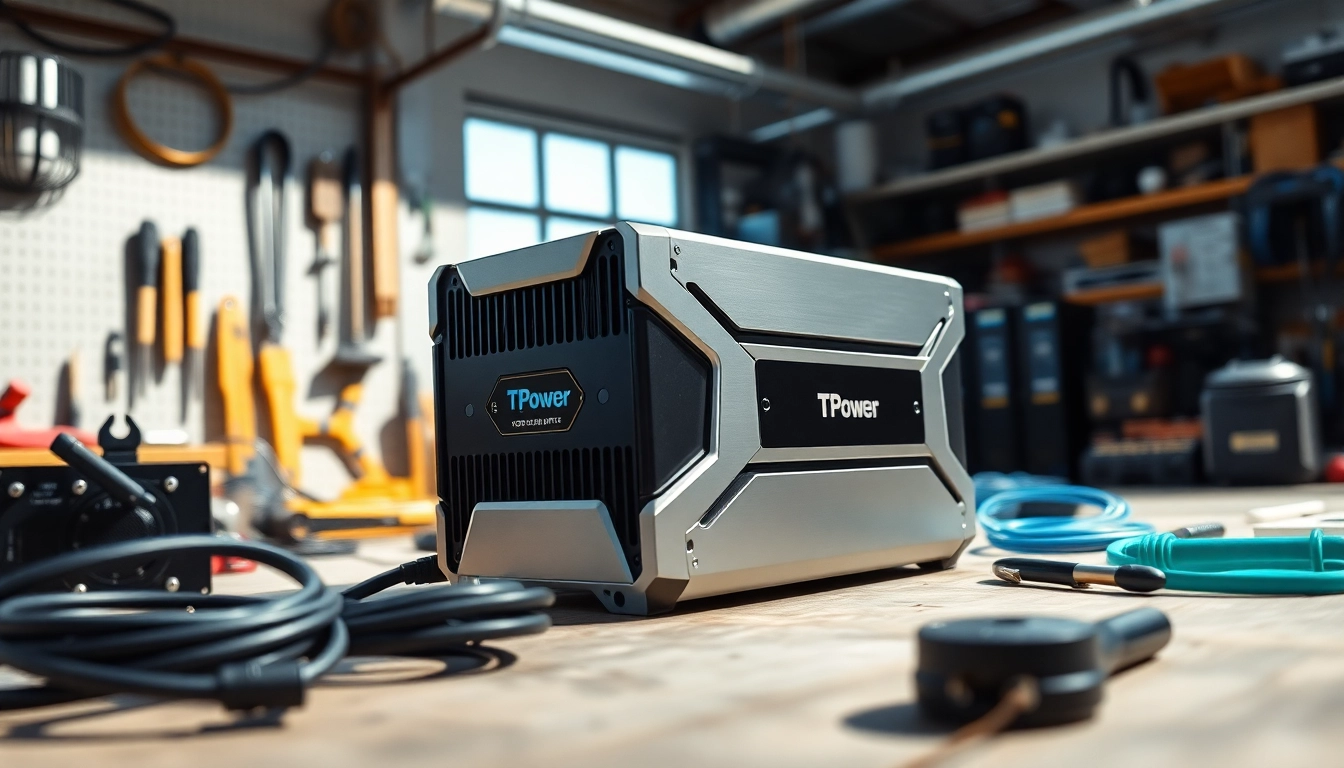Introduction to AI Checkers
In the age of advanced artificial intelligence, where machines can generate text indistinguishable from human writing, the need for AI checkers has never been more pronounced. An ai checker plays a crucial role in separating human-created content from that produced by various AI systems, ensuring authenticity and preserving academic integrity. This article explores the concept of AI checkers, their significance, functionality, features, and how to choose the right tool for your needs.
What is an AI Checker?
An AI checker is a software tool designed to analyze written content to determine whether it has been generated by an AI model. These checkers utilize various algorithms and methodologies to evaluate text, identifying patterns that are characteristic of machine-generated content. As AI writing tools like ChatGPT, GPT-4, and others become widely adopted, the demand for reliable detection tools has surged among educators, employers, and content creators alike.
The Importance of AI Detection
The rise of AI-generated content has essential implications for various fields, including education, journalism, and marketing. AI detection tools are vital for maintaining standards of quality and originality. For educators, AI checkers can help uphold academic integrity by preventing plagiarism and ensuring that students submit their work. In the business world, companies must verify the authenticity of their content to protect their brand’s reputation and ensure compliance with regulations.
How AI Checkers Work
AI checkers typically employ a multi-faceted approach to analyzing text:
- Statistical Analysis: Algorithms analyze writing styles, vocabulary usage, and sentence structure to determine the likelihood of AI involvement.
- Machine Learning Models: These tools are trained on vast datasets of both human-written and AI-generated texts, allowing them to recognize subtle differences between the two.
- Feature Identification: Many AI checkers use specific markers or features inherent to AI-generated text, such as repetitiveness or odd phrasing.
Top Features of AI Checkers
Accuracy and Reliability
The most crucial aspect of any AI checker is its accuracy. Users should seek tools with a proven track record of reliable performance. Some leading AI checkers boast detection rates exceeding 99%, meaning they can effectively identify AI-generated content while minimizing false positives.
User-Friendly Interfaces
A user-friendly interface is essential for efficiency. An effective AI checker should feature intuitive navigation and easily understandable results. A good interface includes options for drag-and-drop uploads, clear action buttons, and straightforward explanations of the results presented.
Integration with Other Tools
Integration capabilities are increasingly becoming a vital feature, as users often prefer tools that can work alongside their existing applications. Many AI checkers now offer APIs or plugins that facilitate seamless integration with content management systems, academic platforms, and collaborative tools.
How to Choose the Right AI Checker
Assessing Your Needs
Before selecting an AI checker, assess your specific needs. Are you an educator looking to enforce academic integrity? A marketer wanting to ensure original content? Understanding the primary purpose will guide you toward the right features and functionalities.
Comparing Features and Pricing
Different AI checkers offer varied features, from basic detection to advanced analytics. It’s essential to compare the tools based on functionalities such as:
- Detection accuracy
- Supported file formats
- Analytics and reporting features
- Customer support and documentation
Price can also vary widely, ranging from free basic tools to premium services with comprehensive features. Consider your budget alongside what each tool offers.
Reading User Reviews
User reviews provide valuable insights into the practical use of AI checkers. Platforms like G2, Capterra, and Trustpilot feature authentic user opinions that can highlight strengths and weaknesses you might not find elsewhere. Look for patterns in the reviews to guide your decision.
Practical Applications of AI Checkers
Academic Integrity and Plagiarism Prevention
In educational settings, AI checkers are invaluable tools for ensuring the originality of student submissions. Many institutions are implementing AI detection as part of their integrity policies, especially as AI writing tools become increasingly available to students. By employing an AI checker, educators can detect cases of plagiarism and ensure that students are demonstrating their critical thinking and writing skills.
Content Creation for Marketing
In the realm of marketing, ensuring that content is both authentic and engaging is crucial. Businesses employ AI checkers to vet content before publication, ensuring that it resonates with their audience without being flagged as machine-generated. This practice not only helps in protecting brand reputation but also improves the overall quality and effectiveness of marketing efforts.
Compliance for Businesses
Content compliance is critical for businesses, especially in highly regulated industries. AI checkers help companies verify the integrity of their communications, ensuring that no misleading or inaccurate statements arise from AI misinterpretations. This application serves to protect both consumer trust and legal standing.
The Future of AI Detection Technology
Trends and Innovations
The landscape of AI detection technology is poised for rapid advancement. Key trends include:
- AI-Powered Detection: As AI technology evolves, so too will the tools designed to detect it. Future AI checkers will leverage more sophisticated machine learning models capable of identifying even subtle nuances in text.
- Multimodal Detection: Upcoming tools will likely analyze not just text, but also images and videos, expanding the scope of detection methods.
- User Customization: Future AI checkers may offer more customization options, allowing users to tailor algorithms to specific types of content or industries.
Challenges Facing AI Checkers
Despite the advancements and importance of AI checkers, several challenges persist:
- False Positives: No tool is infallible, and many AI checkers face issues with false positives, flagging genuine human-written content as AI-generated.
- Rapid Evolution of AI: As AI technology continues to evolve, so will the methods employed to generate text. AI checkers must continuously adapt to these changes.
- Resource Intensive: High-level AI detection tools often require substantial computational power and resources, limiting accessibility for smaller entities.
Final Thoughts on AI Detection
The necessity of AI checkers will only increase as the capabilities of AI writing tools expand. By investing in reliable detection technologies, organizations can uphold standards of integrity and authenticity in their content. Understanding the landscape of AI checkers and their applications equips users with the knowledge needed to make informed decisions, ensuring the ongoing relevance of human-generated content in a landscape increasingly dominated by machine intelligence.



